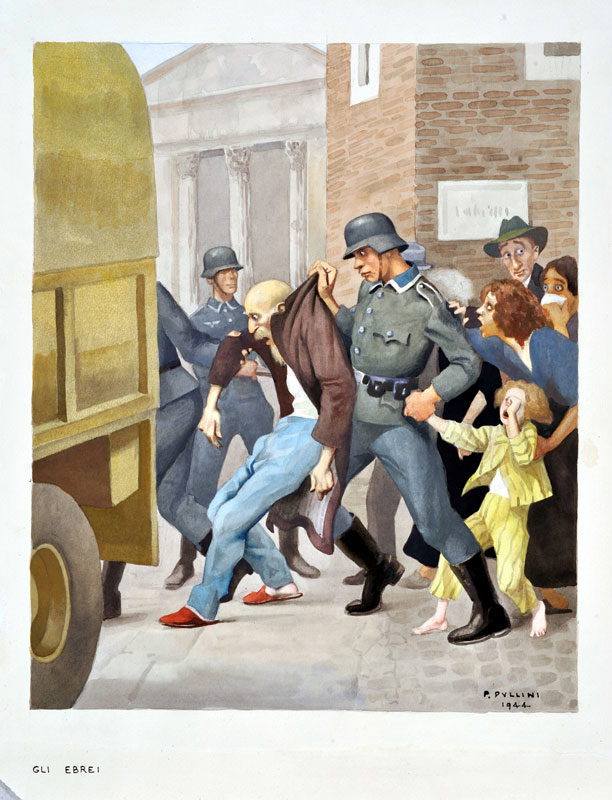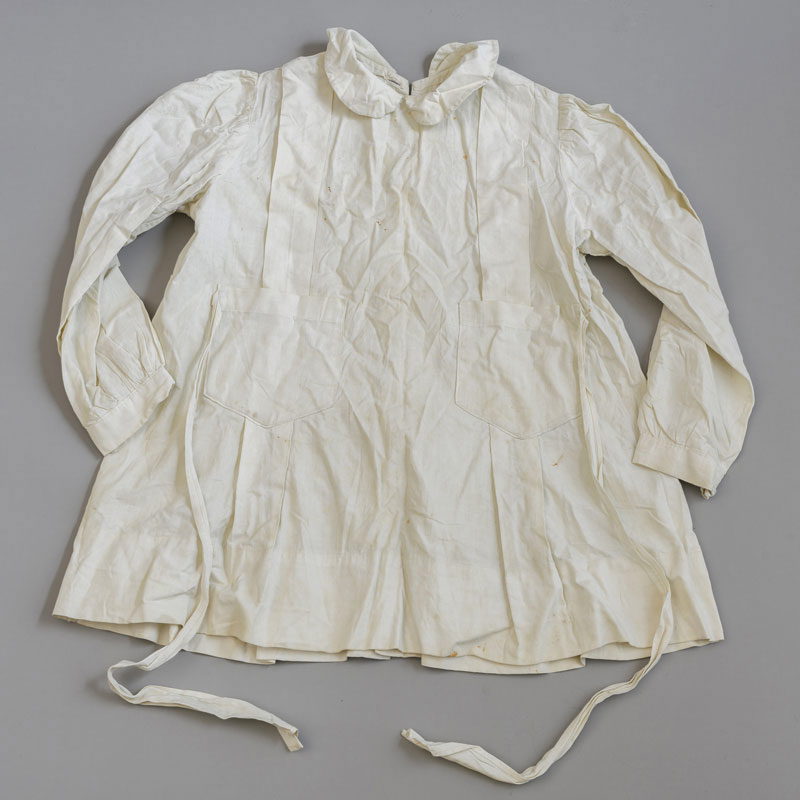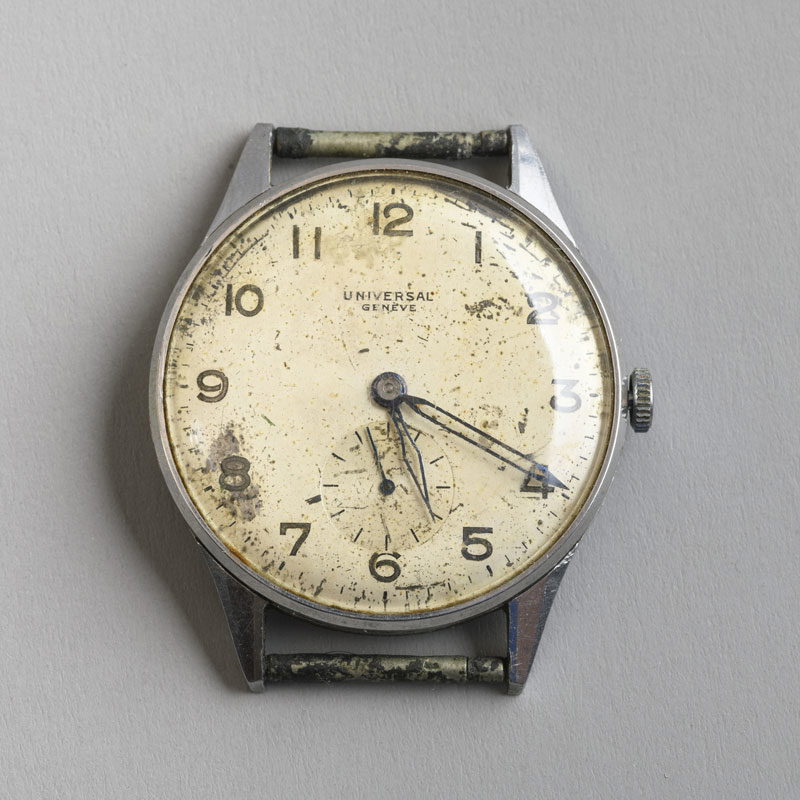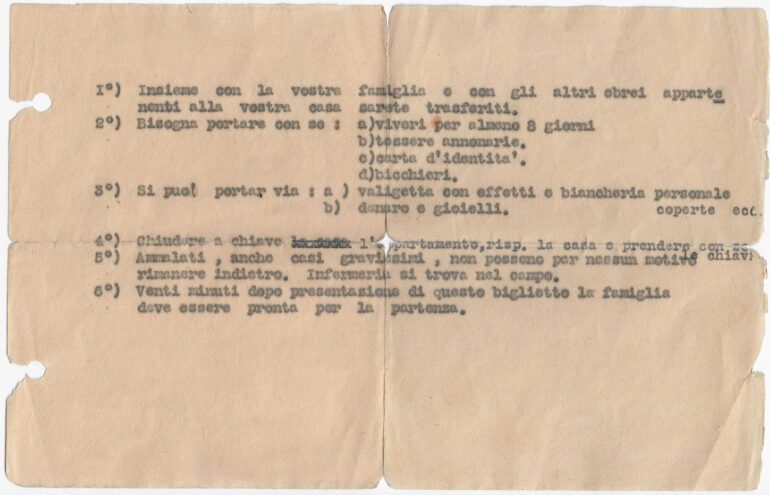Dive into the world of “I sommersi”, the new exhibition marking the 80th anniversary of the 16 October 1943 roundup
If you’re looking to educate yourself on Rome’s history, consider visiting “I sommersi. Roma 16 ottobre 1943”, one of the latest exhibits at the the Capitoline Museums. The exhibit tells the story of the expulsion of Jewish people at the hands of the Nazis in 1943. However, this story goes beyond just one year: “I sommersi” also shows the wider history of the Jewish Romans, Jewish Italians and fascist Italy.
What does “I sommersi” mean?
Literally, it means “the drowned,” but in the context of this exhibit it refers to the Jewish community of Rome during World War II. The term was popularized after Italian Jewish author and Holocaust survivor Primo Levi published his collection of writings titled I Sommersi e i Salvati, or, in English, The Drowned and the Saved. He wrote about life before, during and after the war, including the different approaches people took to cope with the horrors of the concentration camps. While the “saved” tried to cling onto life and their community, the “drowned” essentially became zombies, only caring about surviving rather than living, and also referred to those murdered by the fascists.

What is the history of the Jewish community in Rome?
The Eternal City is home to one of the oldest Jewish populations in western Europe. Over the past two thousand years, they’ve experienced periods of friendly, peaceful relations with others but also times of hardship and conflict. From 1555 to 1870, the papal authority forcefully segregated the community into a ghetto, but they regained full citizenship rights and emancipation with the creation of the Kingdom of Italy. Like everyone else, Jewish Italians fought for their country, shared the same patriotism for the land and contributed to their wider culture and society.
After World War I, the oppressive ideology of fascism was developed in Italy by Benito Mussolini, who would go on to rule the country with an iron fist for twenty years. Italian fascism depended on the idea of a “pure” Italian national identity and the institution of the Catholic Church. The expulsion and attempted extermination of Jewish people was not immediate, as it was in Nazi Germany, but the rising tensions meant it was still a dangerous space for them — and it would only get worse, as the exhibit demonstrates.
In 1938, the pseudoscientific “Manifesto of Race” was published in Italy. Edited by Mussolini, the text would be used to justify the Leggi Razziali (Racial Laws), which stripped away the civil rights of Jewish Italians as well as Africans living within the Italian colonial empire. Jewish people were deprived of their citizenship, segregated from other Italians, expelled from schools and more.
Suggested Read: The Jewish Ghetto of Rome


What’s in the exhibit?
“I sommersi. Roma 16 ottobre 1943” begins with a trip back in time to October 16, 1943, when Jewish families around Rome were woken up by Nazi soldiers. The soldiers told them to pack their belongings within just twenty minutes and then leave to be escorted from the city — to ultimately be sent to their deaths in concentration camps.
By focusing on individual stories, like the Zarfati family, the exhibit tells the wider story of the Jewish community of Rome at the time. Visitors can view photographs, documents and personal belongings on display as well as watch clips from films about the fateful day in October. A series of paintings by Pio Pullini, an artist active in the 1940s, puts a face to the stories showcased by the exhibit.
The disease of antisemitism was so strong it even impacted non-Jewish people. Carolina Milani, a Catholic, was deported for refusing to leave Enrichetta Angeli, a bedridden Jewish woman who she was taking care of.
Some details are particularly tragic. One is a post-war class register of a Jewish school in Rome: for some students, their father’s profession is listed as “deported” or “shot.” This sort of devastation is presented casually, adding to the haunting atmosphere of the entire exhibit.
Another striking element is the uniform of a concentration camp prisoner. The signature striped shirt hangs loose on the faceless figure, itself shrouded in shadow from the overhead light. The image is hard to forget, which is exactly what the exhibit seeks to achieve: the fight to not be forgotten, the fight to remember.
At the end, you see a list of names of Jewish Romans imprisoned by the Nazis. Their names, ages and home neighborhoods descend against a stark black background, falling as if into a bottomless pit. As depressing as the exhibit is, it’s heartening to see some of them listed as survivors, ones who lived against all the odds.
Until 18 February 2024
Capitoline Museums, Palazzo dei Conservatori, ground floor
Opening hours: Mon – Sun 9.30am – 07.30pm
Full entry to the Capitoline Museums: € 17
Full entry for residents: € 16
Reduced: € 14






